Comprehensive Traceability Principles
Maximize ecological, social, and economic benefits
Understand and identify synergies among the ecological, social, and economic aspects of the eCDT program to maximize benefits using a comprehensive approach. Each eCDT program will have varying levels of benefits across each dimension, but users should avoid achieving benefits at the expense of other areas of impact.
Full description
Implement an eCDT program that yields comprehensive benefits that can include, but are not limited to, the following example data uses: improved fisheries management (ecological), reduced risk of human rights and labor abuses in seafood supply chains (social), and efficiencies and compliance with seafood import requirements (economic).
APPLY THE PRINCIPLE
There are three main phases to building an electronic catch documentation and traceability (eCDT) program:
INITIATE – includes early research, goal setting, and stakeholder engagement;
DESIGN – includes identifying technology, assigning responsibilities, and creating the systems to support the program;
IMPLEMENT – includes piloting the program, adaptively managing, and scaling it.
Here you can see how this principle manifests throughout each phase.
- Gather economic data to prepare for cost-benefit analysis
- Collect baseline data of costs involved with the current fisheries management program, including food safety and regulatory compliance. Set expectations around a feasible return on investment, as financial returns may take time to manifest
- Be inclusive in identifying stakeholders
- Identify if the program will impact marginalized and disenfranchised stakeholders (including migrant workers and women) and take steps to include them
- Identify how worker welfare will be monitored and supported
- Identify governing agencies that have jurisdiction over data related to worker welfare and data security issues
- Implement safeguards to mitigate negative impacts of eCDT data collection to worker rights and privacy
- Consult existing data privacy laws, and identify processes, accountability mechanisms or new schemes for responding to privacy considerations and stakeholder/user concerns as needed
- Design eCDT program to fit within larger fisheries management program
- To inform alignment decisions, identify differences between the proposed eCDT program and the existing national strategy for fisheries management. Align data collection with stock assessment and/or integrate with existing fisheries management plans to ensure sustainable fishery management and promote biodiversity conservation
- Monitor and evaluate efficacy of eCDT program by analyzing data to determine if objectives (ecological, social, and economic) are being met
Ecological:
- Evaluate whether data is accessed timely and analyzed usefully for fisheries management
- Ensure necessary agencies have clear data flows for more efficient fisheries management
Social:
- Assess the benefits, limitations, and challenges of the program in relation to equity and worker welfare
- Analyze worker participation in the creation and implementation of the eCDT program. Track and resolve concerns raised from workers regarding the program’s efficacy and privacy
Economic:
- Document costs of eCDT program implementation and project costs of long-term operation
- Conduct cost–benefit analysis and/or a return-on-investment (ROI) study using the collected baseline economic data
